This is our recent approach to plant breeding within the secure confines of the plant nursery. This has all got underway in late 2018 and will continue into 2019 and beyond although progress has slowed due to the widespread bush fires of 2019 and Covid19.
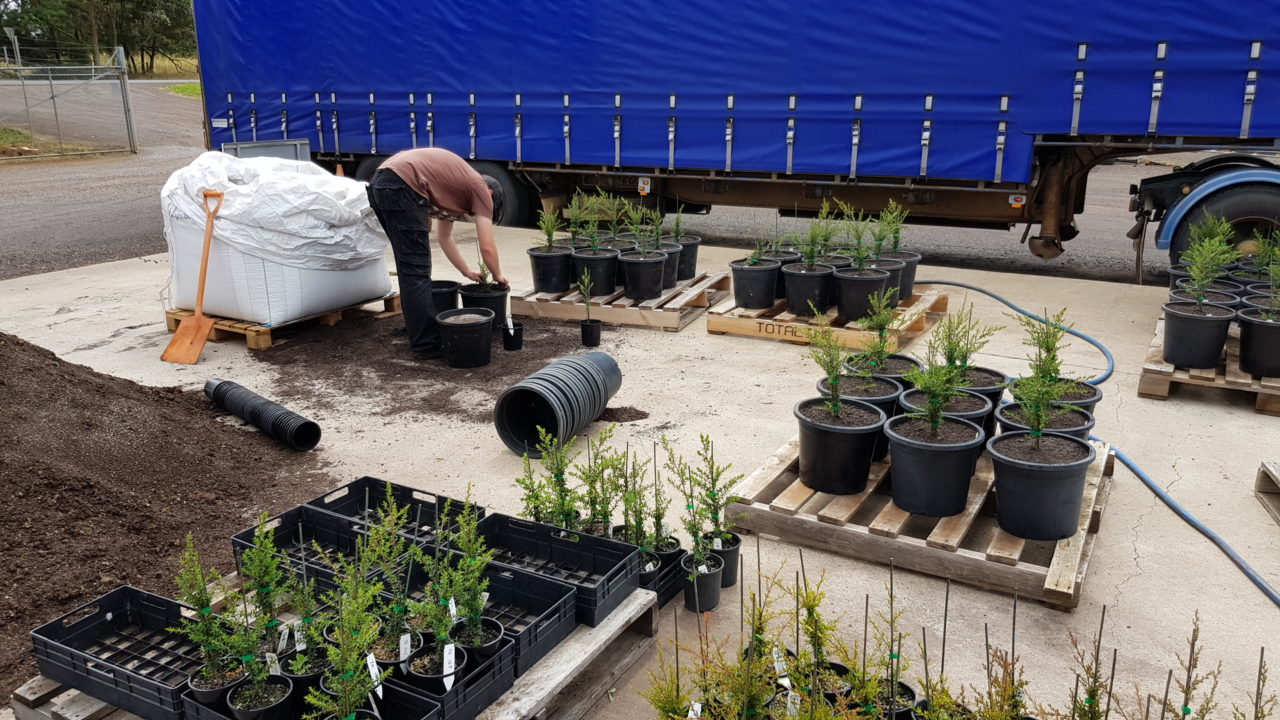
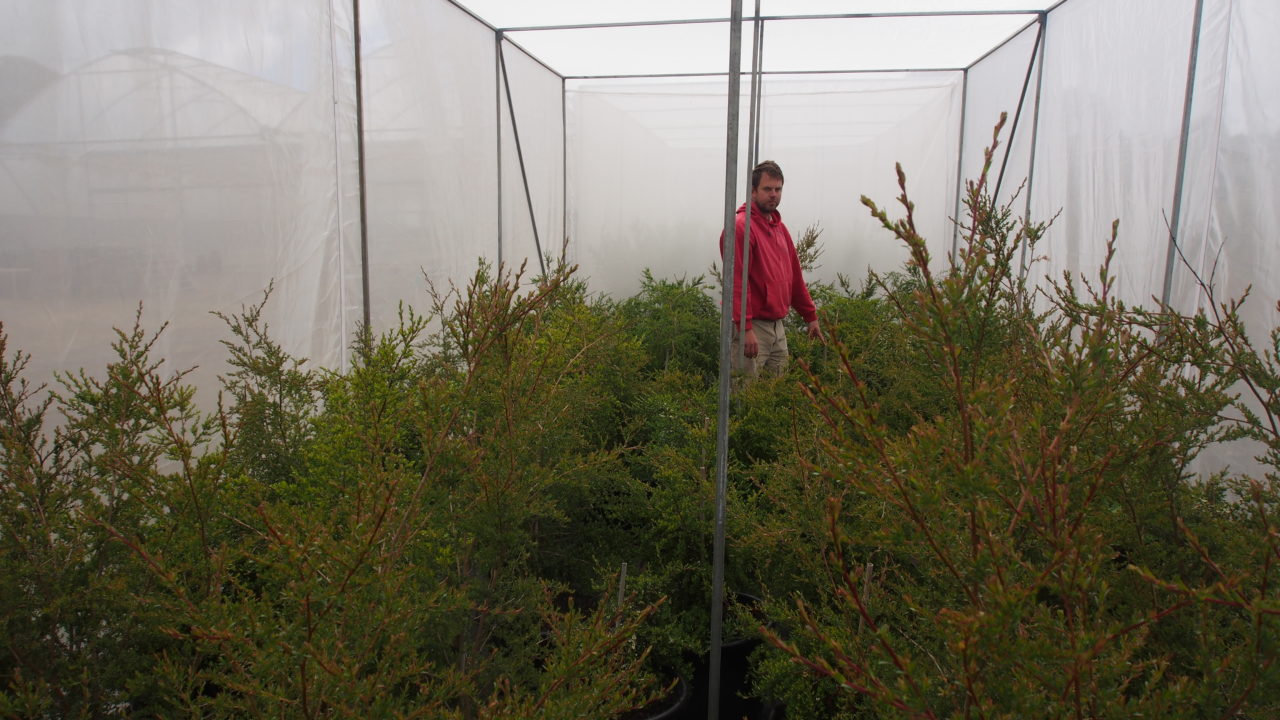
Selected clones of various species have been propagated in the nursery following a comprehensive testing and selection regime over a number of years.
These plants were selected from the highest yielding L. polygalifolium and L. scoparium individuals from wild populations over a number of geographical locations in Victoria, NSW and Queensland.
They were initially raised in greenhouses and then potted into larger container sizes over time. They are being potted into 300mm pots (pictured) and later into 400mm pots before being moved into custom-built pollination chambers before flowering.
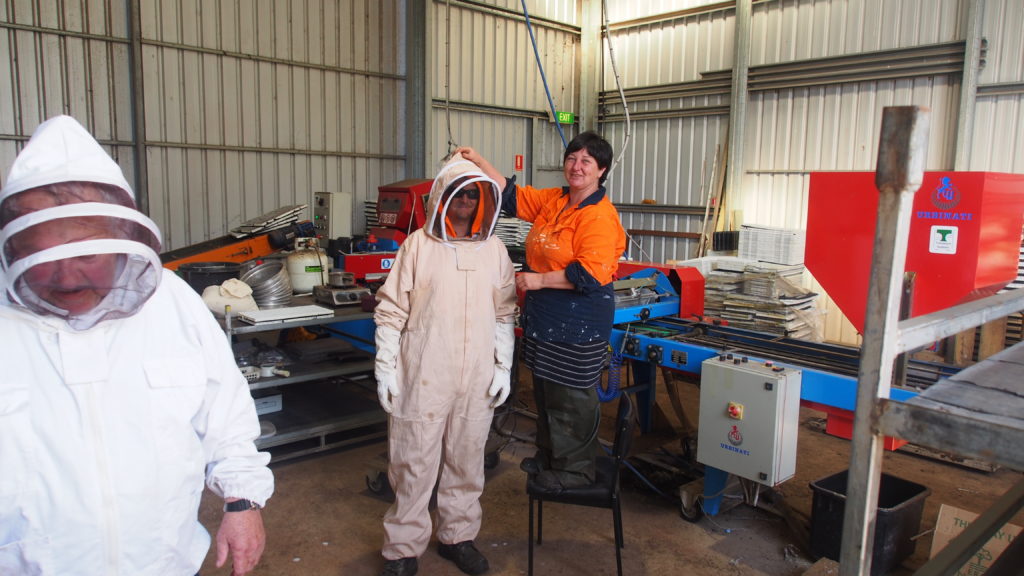
Bees will be introduced to cross-pollinate the clones as they flower from October -November until December- January. Staff pictured above ‘frocking up’ in preparation to introduce the bees to their new (albeit temporary) home.
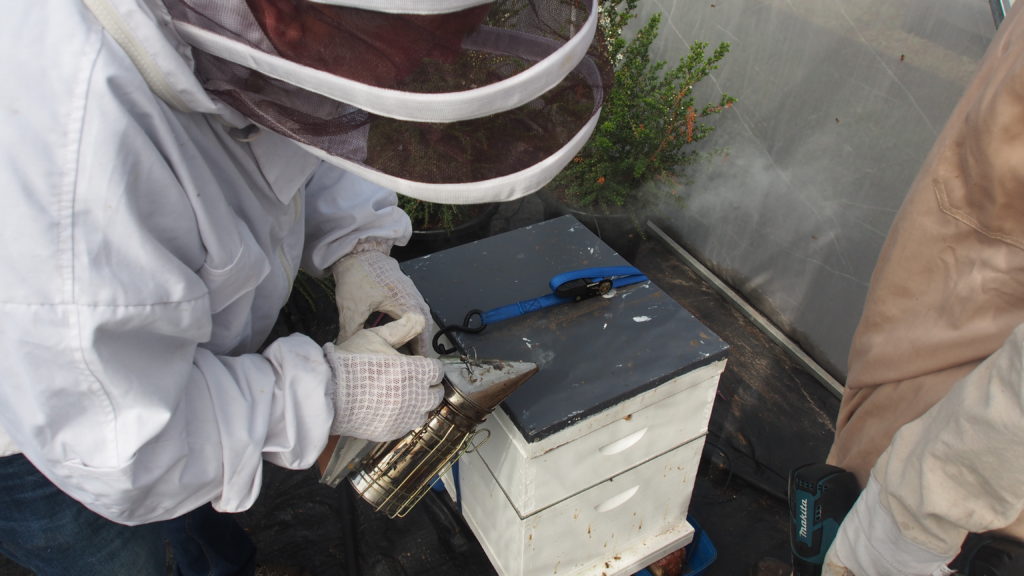
A ‘super’ on the top of this hive will hopefully yield a small quantity of 100% pure ‘manuka’ honey as in the case of the Leptospermum scoparium 100% pure bio-active jelly-bush honey in the case of Leptospermum polygalifolium.
Both these species produce nectar containing DHA that goes on to be MGO. The jelly-bush clones in this project have tested DHA levels in the range of 14,000 – 25,000 ppm while the ‘manuka’ has DHA levels of 6,000 – 7,000 ppm. Again I emphasize that elevated DHA is not the end-all and be all here. Adaptability, plant vigour, plant health at the end of the day, is really what matters. After all, the DHA levels in both these Leptos are well into medical-grade territory (see DHA explained )
Further selection work will be required to test which clones have the most desirable traits such as form, vigour, survival, flowering characteristics before round 2 of this program gets underway.
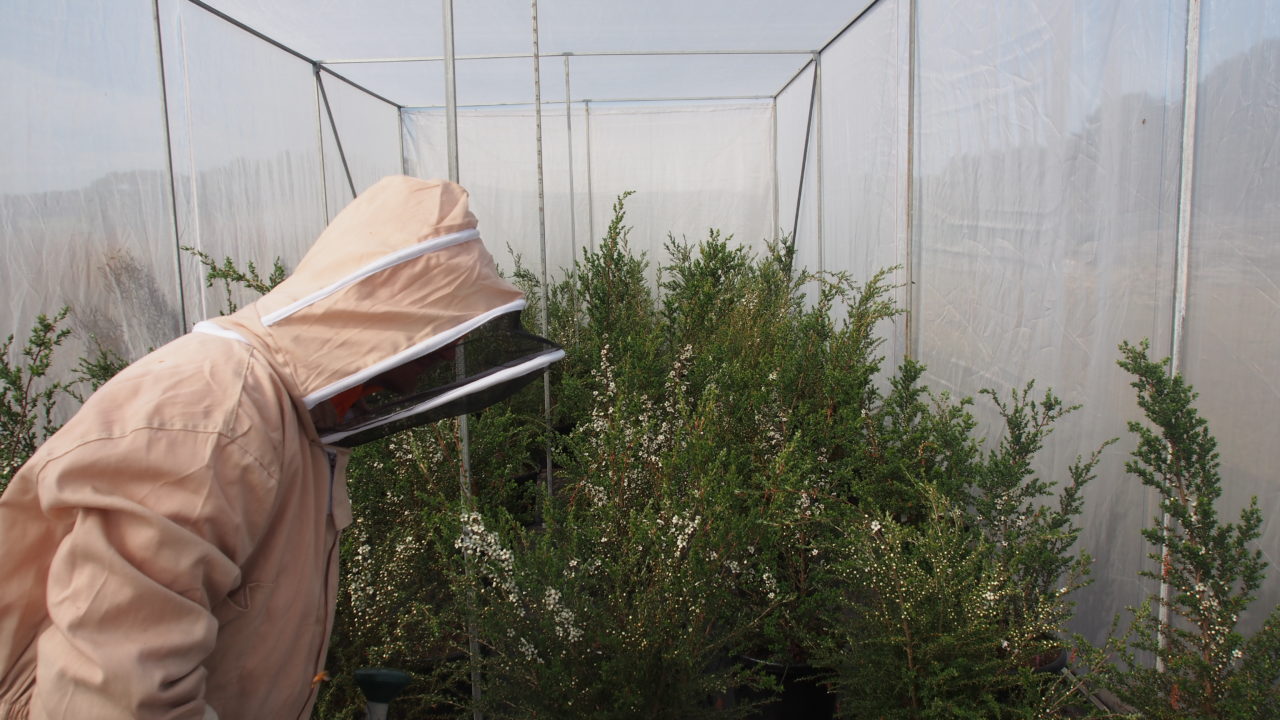
Bees are introduced at the first flush of flowering in the clones which are randomly placed throughout the enclosure. They are on an automated irrigation system to ensure optimum moisture in the media which in turn ensures optimum moisture for maintaining adequate nectar levels in the flowers.
The flowering will continue for 6 weeks between the first and last flowers overall. Each clone will flower for approximately a month thus allowing for an overlap period in each of them.
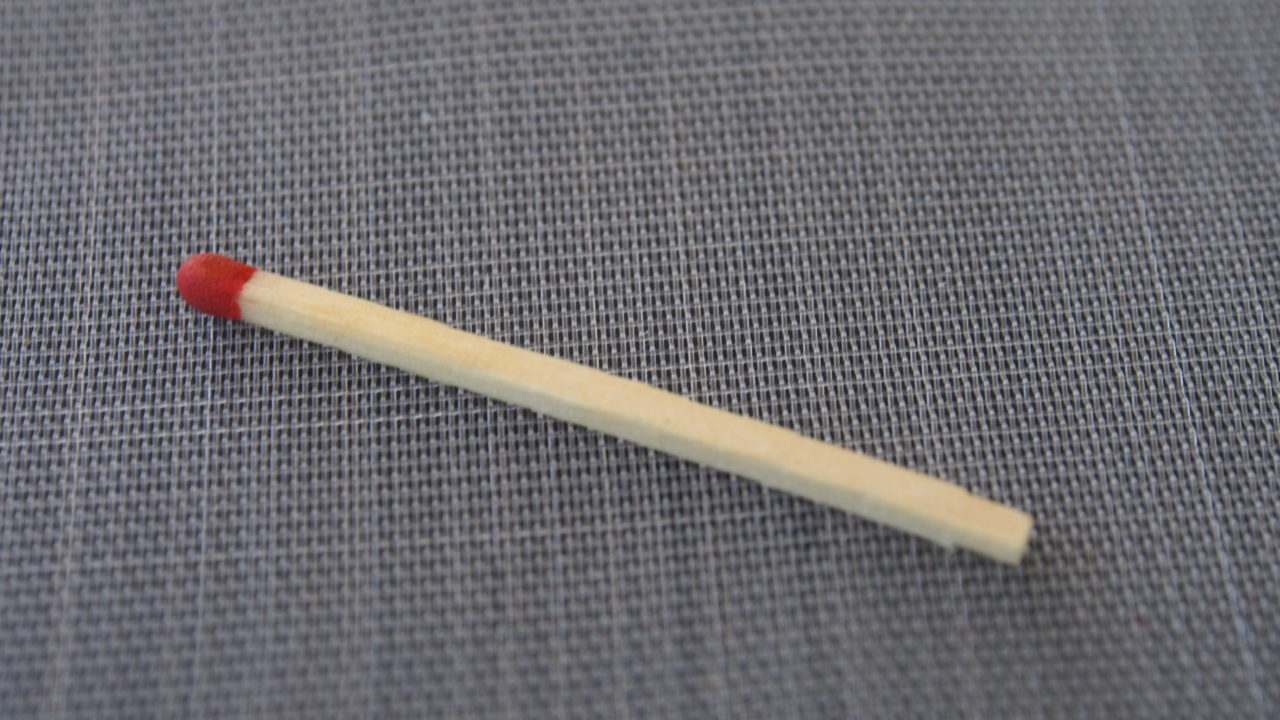
These custom enclosures were built in-house and covered with very fine bio-mesh to exclude all insects and other pollinators such as ants. This will maintain the integrity of the program ensuring the genetic purity of the progeny will be maintained.
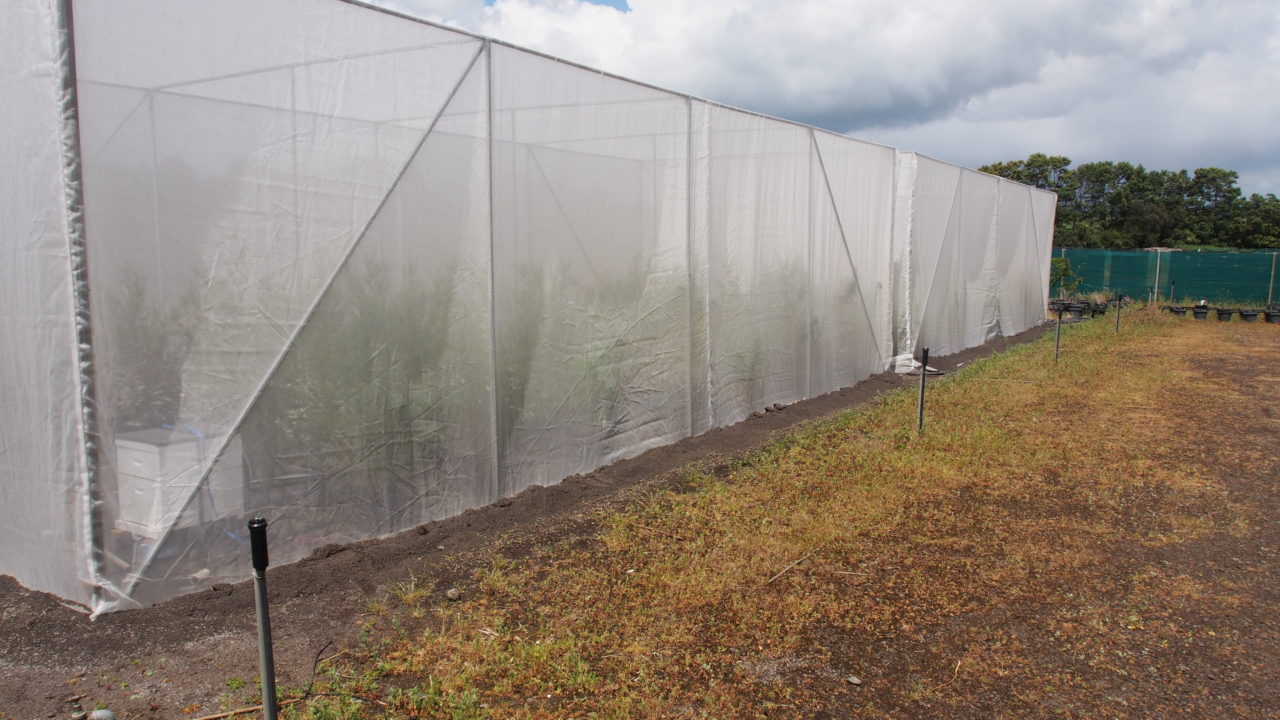
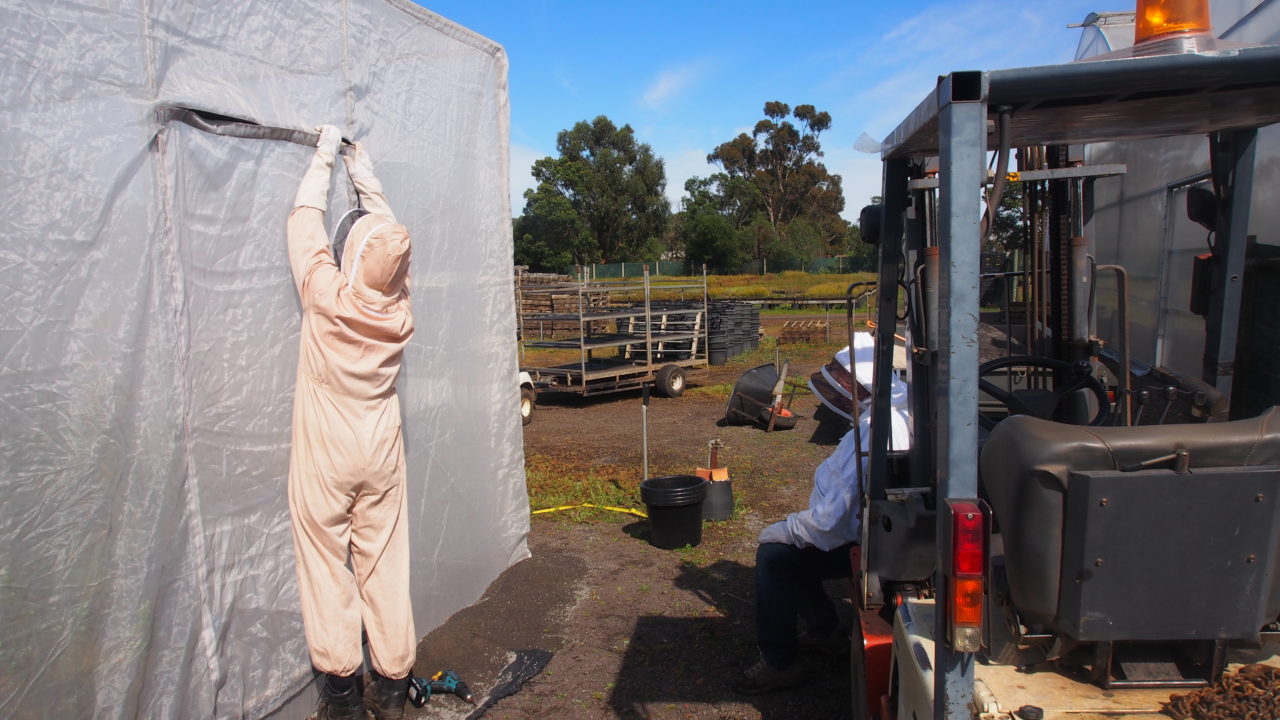
Having bees in there ensures that the door will never be left open by accident!
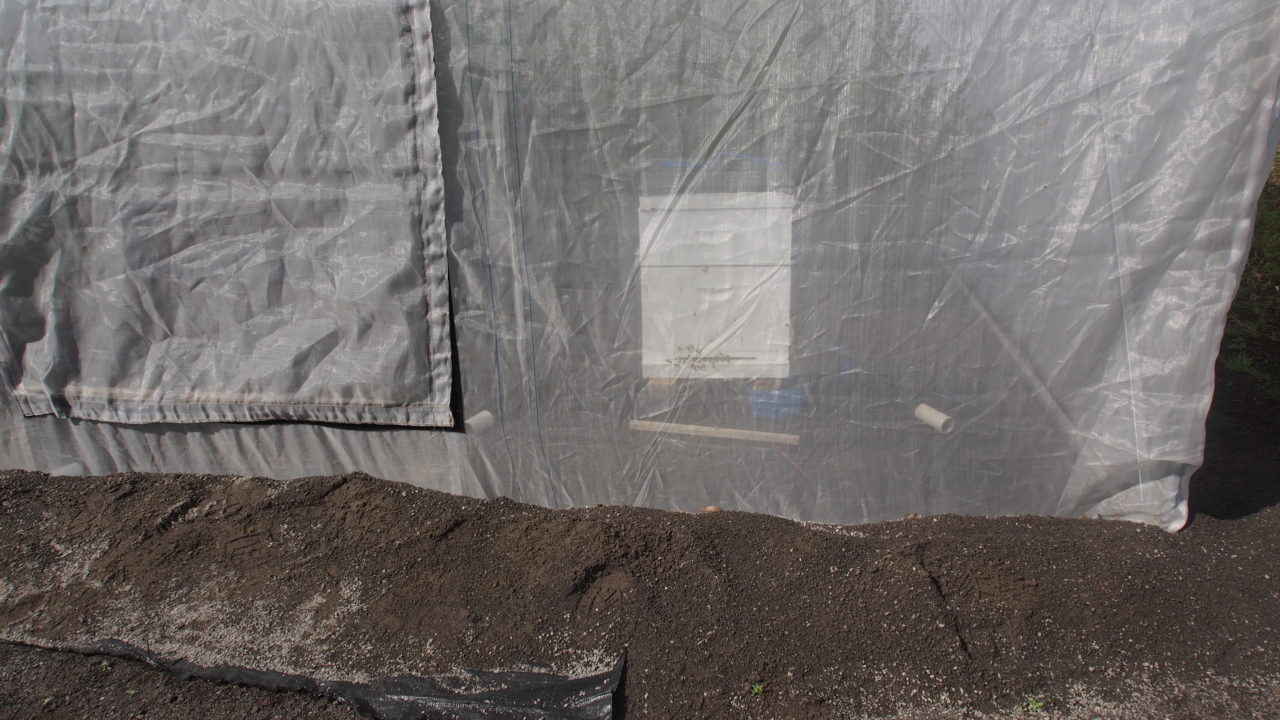
It is expected that there will be significant theoretical gains in the desired traits arising from this work. Seedlings are expected to be available from 2020 and at this stage will hopefully be available to clients planning or operating commercial-scale projects.